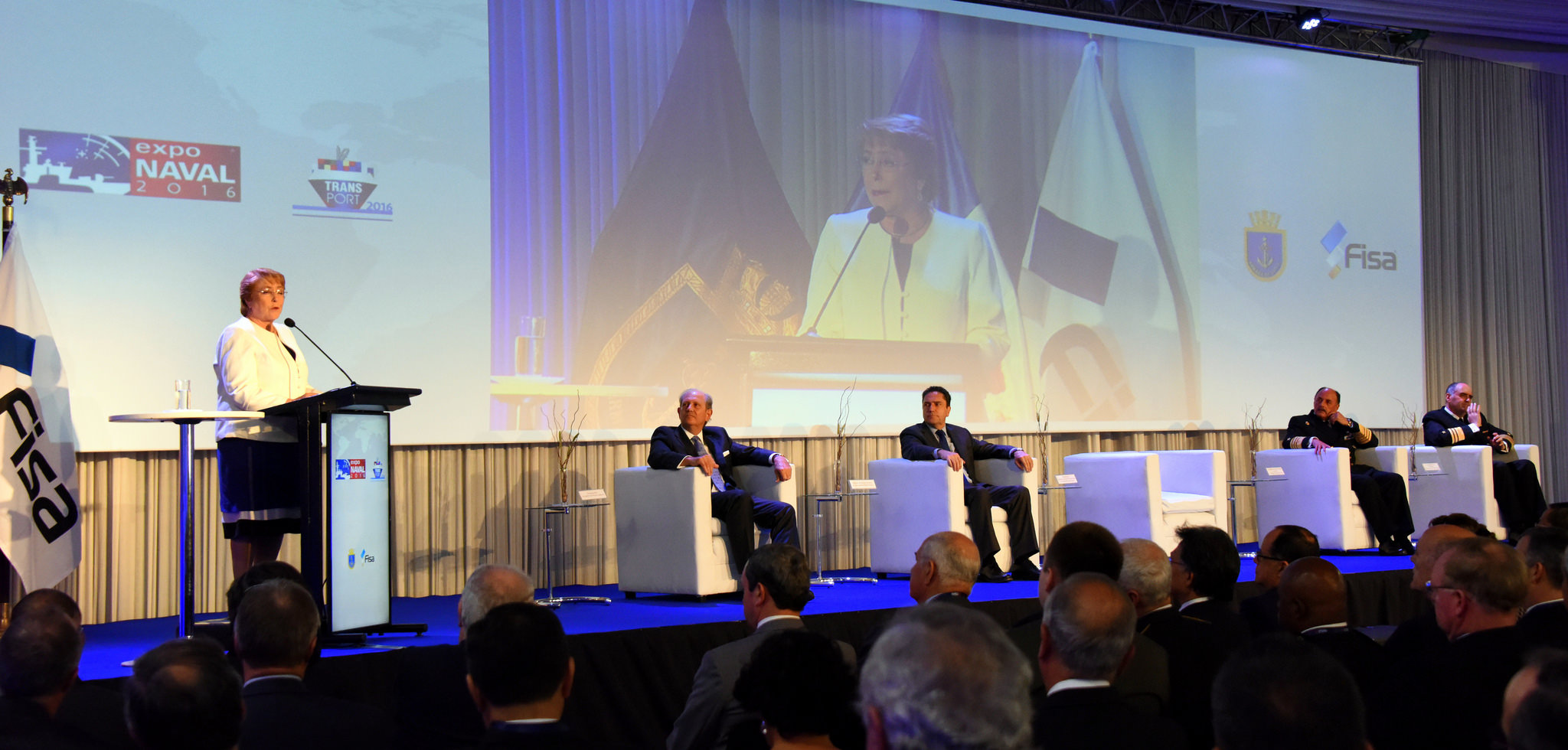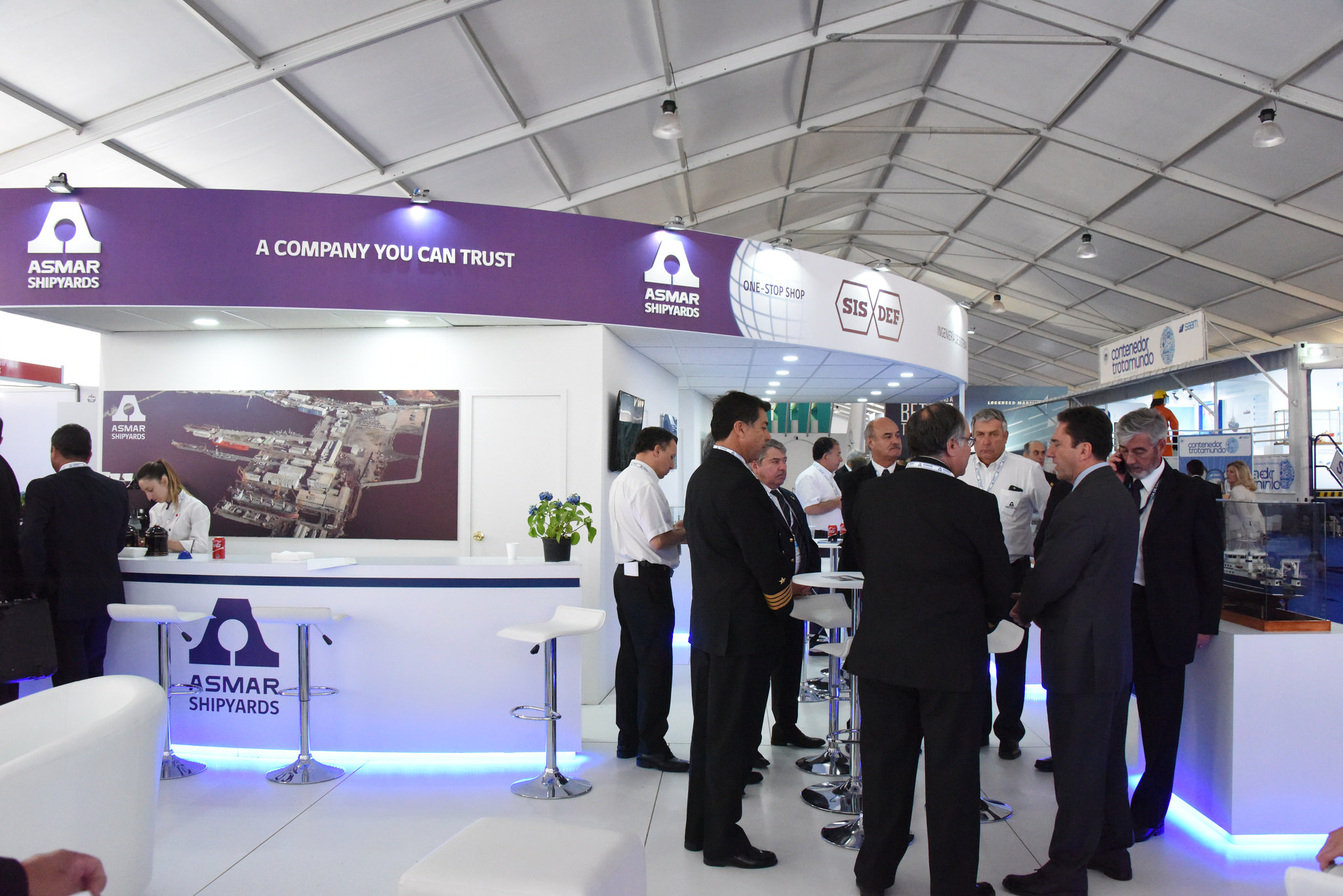"The Peruvian Army's Pachacutec Bread"
W. Alejandro Sanchez & Brittney Figueroa
Opinion
Living in Peru
March 15, 2017
Originally published: http://www.peruthisweek.com/food-the-peruvian-armys-pachacutec-bread-111347
As heavy rains and mudslides (commonly known in Peru ashuaycos) continue to ravage significant segments of the Peruvian Andes and coast, the government, including the country’s security and defense forces, has stepped up to offer aid throughout the affected regions. One particular initiative that deserves praise is the distribution of Pachacutec bread, Pan Pachacutec, baked by the Peruvian Army. Though unconventional, the initiative offers much needed comfort to those affected by the storms.
The Pachacutec Bread
This special bread measures 40 centimeters in length, weighs as much as 250 grams, and is reportedly edible for up to seven days. It is named “Pachacutec” in honor of Inca Pachacutec, the patron of the Peruvian Army’s First Brigade of Special Forces where the bread was first baked. According to the Peruvian daily La Republica, by mid-February, over 11,000 individuals affected by the ongoing extreme weather patterns have received this bread as part of government-organized aid programs. The areas where the bread has been distributed (as of mid-February) include Arequipa, the greater Lima region, as well as Piura.
The Peruvian media has covered and praised this relief strategy, with the military leaders, including the commander of the Army, General Luis Ramos, participating in photo-ops with freshly-made Pachacutec bread. Said photo-shoots also feature Peruvian troops baking the bread at the First Brigade’s “Pachacutec” bakery in Lima.
Significance
In times of crisis, particularly a humanitarian one such as the one Peru is currently experiencing, the defense and security forces are the tip of the spear when it comes to first response operations; they also play a vital role in long-term humanitarian relief and reconstruction. For example, the naval platform BAP Eten has been sent to Piura region transporting tons of humanitarian aid; meanwhile Army engineers, with tractors and heavy-duty trucks, are helping clear roads in order to reach remote towns. Military medical personnel have also been essential in helping the growing numbers of injured as the rains and mudslides continue.
We must salute the Army’s Pachacutec bread aid as it combines two of the best qualities of Peruvians: their will to help, as well as their culinary taste. Providing sustenance is a indeed a critical part of any humanitarian relief effort, but there is something meaningful about providing tasty food that can help improve spirits in times of extreme grief. Certainly the Pachacutec bread itself will not completely remedy the suffering of the thousands of people who have lost their homes, or have been affected in other ways due to the ongoing extreme weather patterns; as recently as early March, the Peruvian media reported that the inhabitants of some affected areas have complained that they have only received “bread and water” from the government. Nevertheless, the authors argue thatproviding a steady stream of flavorsome food is a (small yet comforting) first step toward reintroducing normalcy.
The Pachacutec bread may never win a culinary award – though it is worth noting that Peruvian bread bakers regularly, and successfully, compete in such international competitions – but it is a clear example of the Army’s willingness to constantly think of new ways to support those in need, once again highlighting Peruvian ingenuity and innate culinary expertise. Hence, it is no surprise that on March 7, a well-deserved ceremony was held, with Defence Minister Jorge Nieto Montesinos in attendance, to honor the soldiers of the First Brigade for this initiative.
W. Alejandro Sanchez Nieto is an international security analyst. Follow him on Twitter.
Brittney J. Figueroa is a recent graduate from the University of California, Santa Barbara with a Bachelors degree in Global Studies, and a Minor in Latin American Iberian Studies.
The views presented in this essay are the sole responsibility of the authors and do not necessarily reflect those of any institutions with which the authors are associated.


